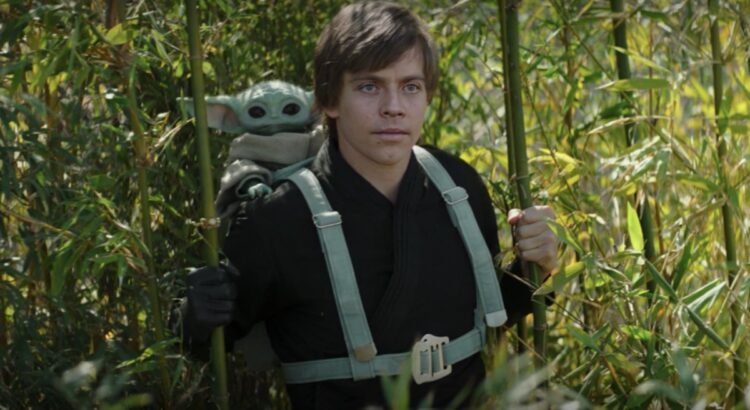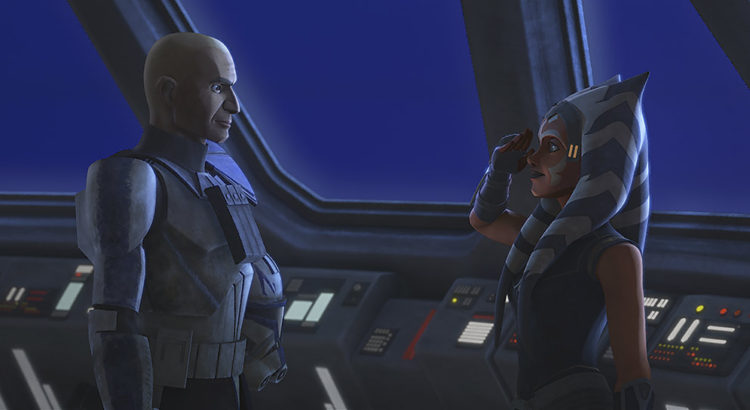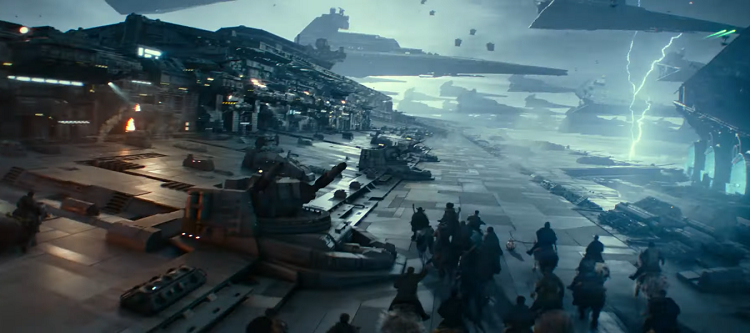Reactions to episode six of The Book of Boba Fett, titled “From the Desert Comes a Stranger”, have been mixed to say the least. For the second week in a row, the show spent little time on Tatooine with the titular bounty hunter and instead focused on the trials (both figurative and literal) of Grogu’s Jedi training. And once again we were treated to the inclusion of CGI Luke Skywalker, now with the CGI fixed to look almost identical to the Mark Hamill of Return of the Jedi and the revelation that none of his lines were spoken by an actor but were instead created by a neural network.
A frequent comment I’ve seen floating around the fandom is (paraphrased) “This is the sort of technology George Lucas would love, so how can I not love that Star Wars has progressed to this point?” And, well, I don’t necessarily disagree; it’s no secret that Lucas is a techie at heart and rather infamously doesn’t get on well with actors engaging in the acting process. So it’s not a big leap of logic to think he’d be fully excited about the latest in CGI and computer innovation, though for fairness’s sake none of my research has shown him ever commenting on the use of CGI for Tarkin and Leia in Rogue One. So at the end of the day we can only guess, we don’t actually know. But whether or not Lucas approves of the technology and how it’s used is beside the point. He hasn’t been substantially involved in the franchise since 2014, but even if he was, his opinion shouldn’t be the only litmus test for whether we think something is a good idea or not.
It’s understandable: Lucas (and the Lucas movies) were our childhoods and the desire to recapture that childhood magic is strong. But why are we so intent on recreating it digitally rather than giving real people the chance to breathe new life into it? Or better yet: why are we so intent on keeping Star Wars exactly the same as we remember it rather than letting it grow and be new?
Read More




